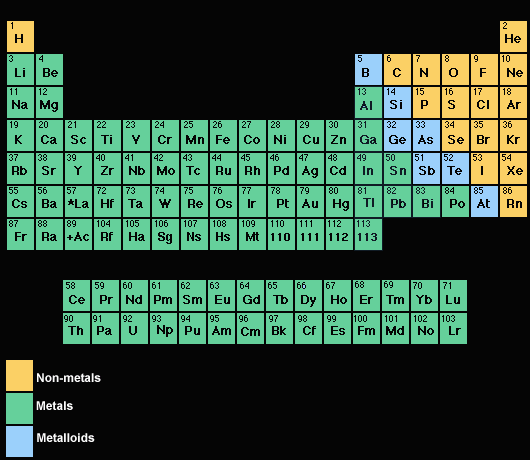

The best stainless steel artefacts could fossilise under the right, non-acidic conditions. Iron doesn't last long in damp conditions unless it is alloyed with another metal. Dinosaur proteins and DNA much older than that have been found.

Human flesh doesn't usually last long, but the Ice Man found cryogenically preserved in the Austrian Alps had been there for 5,000 years and would have been there for another few thousand if he hadn't been removed. It all depends on the conditions of fossilisation and the type of steel. If there is lots of sulphur so that the bacteria can create iron-pyrite inside a sediment/plastic paint shell, then perhaps there will be a bacterial mat that can strongly photograph the steel. Ferrihydrite is also good for transporting iron away from the mold. Some micro-organisms can perhaps cement the sediment around the steel fast enough that the steel can completely vanish after a million years and be replaced by iron pyrite/limestone. There has to be a process which sends dissolved iron away from the steel object while sending a cementing chemical into the steel object. If you have alloys and zinc coatings and paint, that can aid against the blurring effect of rust, so a zinc or vanadium steel will give the mud and sand more time to become a fixed barrier against the steel. The trouble is that ferrous oxide cakes up so the boundary of the original object is chemically and physically blurry. The best chance if the oxydation process leaves a hollow shell which can become a mold for another mineral. In total, the answer appears to be eons, but few objects will find suitable conditions, and the best place to look will be on Mars. But these are continuously moving away from the solar system, so while preserved, won't leave any fossils to find. In particular: Voyager 1 & 2, Pioneer 10 & 11, New Horizons. Similarly, several of the outer planet probes may last for extreme time scales since they will be in vacuum, cold, and safe from major collisions. The Philae comet lander may be similarly preserved, though comets tend to crash into planets after a few million years. They are also likely to become buried in dust blown by the Martian wind. Objects on Mars stand a good chance of lasting for long time scales, since they are not exposed to air or water, and are kept cold with little thermal cycling. The longest lasting may be those boosted into graveyard orbits standard geosynchronous satellite graveyard orbit results in an expected orbital lifetime of millions of years. This is the case for satellites, although most satellites orbits are not entirely stable. If, however, a reactive metal object is kept well away from oxygen and water it may last much longer.
Metals lost to time full#
These " native metals" particularly include copper, gold, silver and platinum-group metals (see link for a full list). Some elemental metals can be found in nature, which is an indication that under some conditions they could be found as fossils. Some surface treatments such as anodization can extend this time, but will eventually fail. Similarly, aluminum reacts with oxygen rapidly and is hardly ever (but not never) found in nature as an elemental metal. Zinc-steal in contact with fresh water corrodes at a rate of at least 10 mm/year, which would rapidly destroy it over large time scales.Īnother way of looking at it is that basically all iron on Earth is found in the form of iron oxide, so iron compounds do not tend to stay oxidized over large time scales. That rate of corrosion will eat through 100 meters of metal in a million years. For industrial use, with "Excellent Corrosion Resistance" being less than 0.1 mm of corrosion progression per year. This includes Hastalloy, which is one of the most corrosion resistant forms of steel and for that reason is commonly used in nuclear power plants. There's a very nice table here of the rates of corrosion progression for a few types of steel alloy. But under most conditions, reactive metals like steel and aluminum would react away through multiple different corrosive mechanisms listed here. Whether the steel artifact its self lasts for eons depends on the specifics of the metal and the chemical and thermal conditions it encounters. So in that sense they can easily leave fossils. Metal objects certainly would leave impressions in the surrounding material, as well as oxides. When we speak of a fossil, we don't usually mean a preserved object, but rather a preserved trace of an object, like it's impression in other material.


 0 kommentar(er)
0 kommentar(er)
